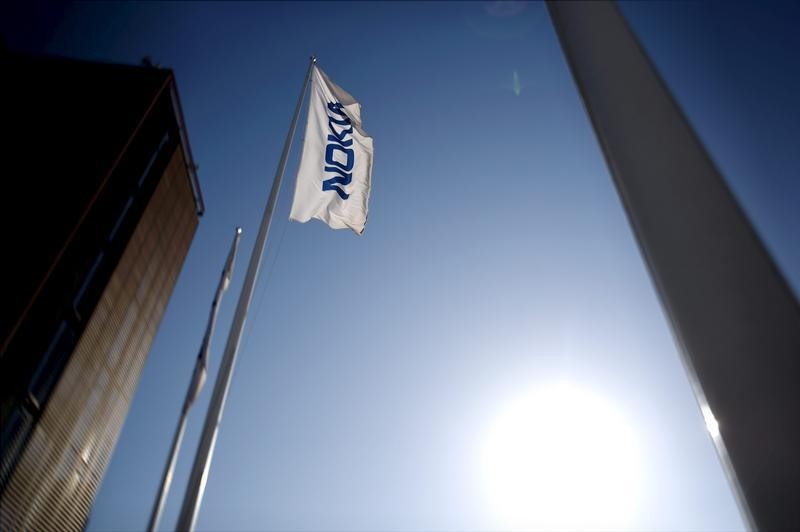Investing.com -- Shares of Nokia Corp ADR (NYSE:NOK) listed in the US rose more than 3% in premarket trading Wednesday following a statement from T-Mobile US Inc (NASDAQ:TMUS) refuting an analyst’s claim that it might drop the Finnish company.
Nokia’s stock fell roughly 7% Tuesday after Earl Lum of EJL Wireless Research suggested in a LinkedIn post that T-Mobile could potentially replace Nokia (HE:NOKIA) with Swedish competitor Ericsson.
"We have made no decision to end our working relationship with Nokia, and any reports in the media implying this are untrue," T-Mobile clarified in its response.
Lum’s post had criticized Nokia for failing to meet T-Mobile’s networking requirements, suggesting that Ericsson's products were superior.
"T-Mobile works with both Nokia and Ericsson on our RAN, who have helped us over the years build the largest and fastest 5G network in the nation," T-Mobile added.
In his post, Lum said that Nokia may be "on the losing side of its battle with its Swedish competitor" at T-Mobile USA.
Almost a year ago, EJL Wireless Research LLC broke the news on Nokia getting replaced by competitor Ericsson (BS:ERICAs) at AT&T (NYSE:T) Wireless.
Nokia's technical issues including its power consumption and cooling needs for its massive MIMO, multiple-input and multiple-output, radios - a key cog in modern wireless communications are among the key sticking points.
Unlike that of its competitors, the majority of Nokia's current Osprey 64T and Habrok 64T massive MIMO units for T-Mobile USA use fans for cooling.
"ALL of Nokia's competitors have managed to design the same massive MIMO radios with the same MIMO configuration (32T/64T), at the same RF output power, with the same IBW/OBW, and with the same weight but WITHOUT fans," Lum noted.
"We believe there is not a single mobile operator on planet Earth that wants an active cooling solution (i.e. fans) on their 1+kW massive MIMO radios," he said.
Nokia's series of failures to deliver solutions that T-Mobile USA wanted, dates back to 2011, Lum wrote, when the company failed to keep up with rival Ericsson.
Ericsson launched its first generation semi-active antenna integrated radio, or AIR, product. But Nokia's equivalent solutions were either late to market or not widely deployed by T-Mobile.
"Nokia's equivalent solutions were either late to market or not widely deployed by T-Mobile," Lum said in the post.
Yasin Ebrahim contributed to this report.
